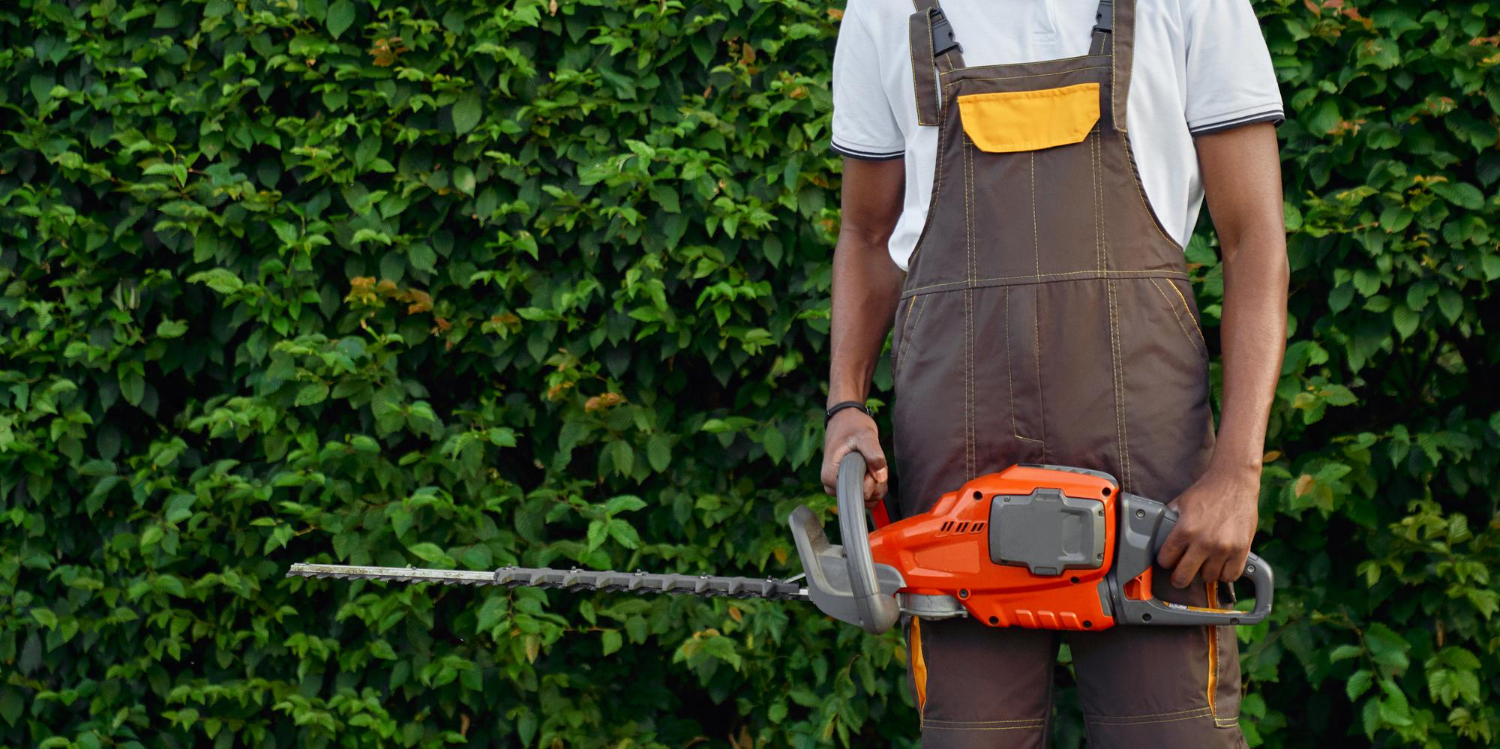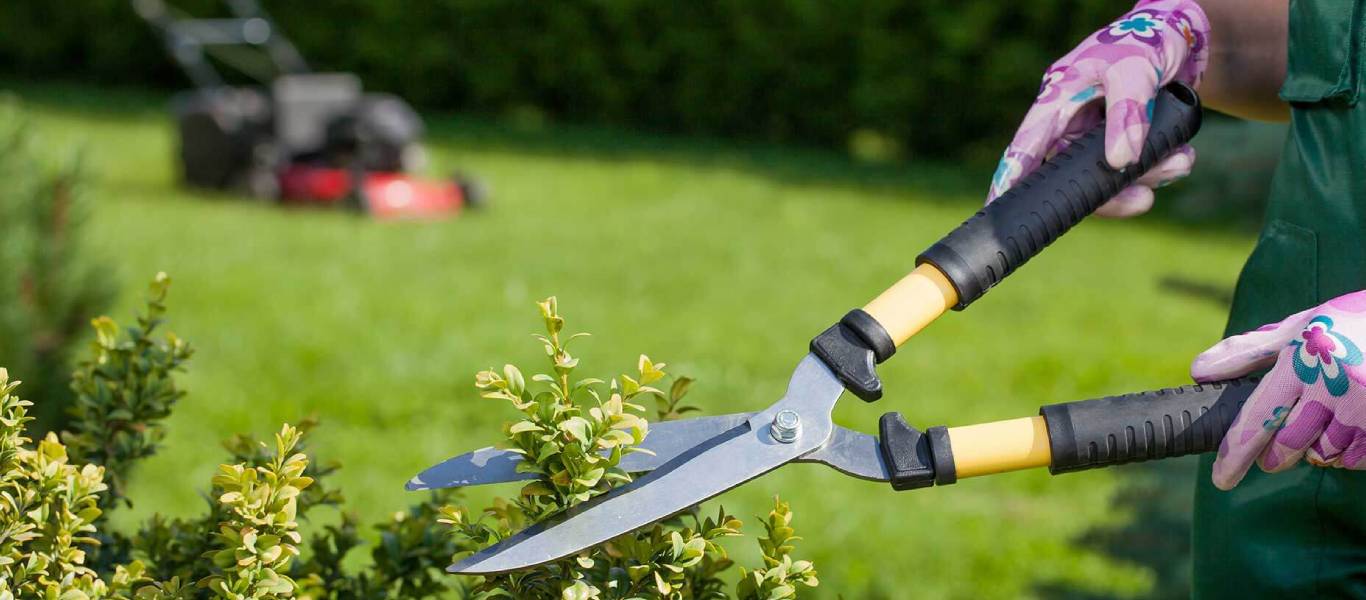- Home
- WhatsApp Quote
- About
- Services
- Gallery
- Blog
- Contact
- Home
- WhatsApp Quote
- About
- Services
- Gallery
- Blog
- Contact
June 8, 2023

Garden clearance refers to tidying up and removing unwanted items, debris, and overgrowth from a garden or outdoor space. Whether it’s a small backyard, a sprawling lawn, or a neglected plot of land, garden clearance involves clearing clutter, trimming overgrown vegetation, and restoring order to the outdoor environment.
Garden clearance aims to create a clean, organised, and visually appealing space that can be utilised to its full potential. It typically involves removing fallen leaves, branches, and weeds, cutting back overgrown plants, pruning trees and shrubs, and disposing of unwanted items or rubbish.
Garden clearance can be undertaken for various reasons. It may be necessary to prepare a garden for a new landscaping project, make way for construction or renovations, or simply enhance the outdoor area’s overall appearance and functionality. It can also be beneficial for maintaining the health of plants by removing diseased or dying foliage and encouraging new growth.
Professional garden clearance services are available to assist homeowners, businesses, or organisations in efficiently and effectively clearing their outdoor spaces. These services often employ skilled gardeners or landscaping experts with the necessary tools and equipment to carry out the task safely and efficiently.
Garden clearance includes several tasks to address every client’s needs. Let’s discuss:
Clearing Garden Refuse: Garden clearance involves the removal of standard garden litter such as leaves, shrubs, twigs, and branches. These natural elements can accumulate over time, creating clutter and hindering the garden’s overall appearance.
Disposing of Unwanted or Contaminated Soil: Any unwanted or contaminated soil can be removed during garden clearance. This may include soil that is no longer suitable for planting or soil that chemicals or pollutants have contaminated.
Removing Plants, Lawn Clippings, and Trees: Overgrown or unwanted plants, lawn clippings, and trees can be cleared away during the garden clearance process. This helps create a more organised and visually appealing outdoor space.
Clearing Old Sculptures and Flower Pots: If old sculptures or flower pots are no longer desired or in poor condition, garden clearance includes their removal. This eliminates unnecessary clutter and allows for a fresh start in the garden.
Disposing of Unwanted Garden Furniture: Garden clearance involves the removal of unwanted garden furniture that may be broken, damaged, or no longer needed. This frees up space and improves the overall aesthetics of the garden.
Dismantling Fencing and Decking: In some cases, garden clearance may require the dismantling and removing old or damaged fencing and decking. This portrays the spacious look of the garden.
Clearing Dismantled Sheds and Greenhouses: Dismantled sheds and greenhouses can be removed during garden clearance. These structures, if no longer in use or in disrepair, can take up valuable space and contribute to an untidy garden appearance.
It’s worth noting that the specific pricing for garden clearance can vary between different service providers and locations. Factors such as the complexity of the job, equipment and tools required, and any additional services requested can also influence the final cost.
It can be beneficial to obtain quotes from multiple companies and discuss the details of the clearance project to ensure a fair and accurate estimate for the garden clearance cost. Let’s look at some key factors that affect garden clearance costs.
Hourly Rate: Companies or individuals offering garden clearance services often charge an hourly rate. On average, this can range from £40 to £60 per hour. However, for more straightforward jobs that require minimal effort, the hourly rate may be as low as £15. The actual rate can vary depending on factors such as the size of the garden, the amount of clutter, and the complexity of the clearance work.
Load Size: In some cases, garden clearance companies may charge based on the load size. This pricing option is applicable when the labour involved in clearing the site is minimal, and there is a substantial amount of rubbish or debris to be removed. The cost of load sizes will vary, and factors like the volume and weight of the waste materials influence it.
Additional Waste Disposal Costs: It’s important to consider that contractors often have to pay waste disposal costs. These costs are typically added to the estimate provided to the customer. However, in certain instances, you may have the option to dispose of specific materials for free at your local tip or recycling centre. This can help reduce the overall cost of garden clearance.
Finding a reputable garden clearance contractor who offers good value for research, careful consideration, and thorough evaluation. Here are some steps you can follow to find the right contractor:
Standard jobs undertaken by most garden clearance companies typically include:
Leaf Blowing and Leaf Clearance: Clearing leaves by using blowers to accumulate them into piles and then removing them from the garden.
Gutter Cleaning and Flushing: Removing debris and cleaning gutters to ensure proper water drainage and prevent blockages.
Rubbish Removal and Waste Clearance: Disposing of various types of waste, including weeds, clippings, grass, and unwanted soil, to maintain a clean and clutter-free garden.
Garden clearance companies are typically unable to remove the following items:
These items often require specialised disposal methods or should be handled by specific waste management services due to safety and environmental concerns.
Before the contractors arrive for garden clearance, there are a few things you should do:
Remove Valuables: Ensure you have removed any items from the garden you want to keep, as overgrown vegetation might hide them. Take a thorough look around to ensure nothing important is left behind.
Monitor Progress: Keep an eye on the works as they progress, as you might be surprised by what is uncovered or identified during the clearance process.
Confirm Vehicle Requirements: Determine the number and size of vehicles that will be used for waste removal. Ensure sufficient parking space and easy access to the garden on the scheduled day for efficient clearance operations.
When considering a contractor for garden clearance, ask these important questions before booking their services:
Asking these questions will help you decide and find a reputable contractor for your garden clearance needs.
Recycling opportunities exist during garden clearance. Consider allowing others to take items from the garden before professional clearance, as what may be rubbish to you could be valuable to someone else.
Plants, even unidentified ones, can be uprooted and given a new home. Old but functional sheds and greenhouses can be popular if given away, with interested parties willing to dismantle and collect, offering potential cost savings. Let’s look at a brief detail about what kind of items can be recycled.
Some everyday items that can be recycled include:
By recycling these materials, you can reduce landfill waste and conserve resources in the garden clearance process.


Consider if handling certain aspects of the garden clearance yourself would be cost-effective, potentially saving money on the overall bill. For instance, you can gather and bag the waste yourself and take it to a local recycling centre for free.
Alternatively, you can hire a gardening company for preliminary clearance. If you decide to proceed with a garden makeover, specialised tree removal may be required, followed by removing old greenhouses through a general house and garden clearance service.
You can opt for staged clearance using different contractors and pay them based on hourly or daily rates, with waste disposal costs added separately.
If you plan for garden clearance by yourself, below are some helpful tips in this aspect:
Determining the duration of your garden clearance is essential for effective planning. Consider the size of the task, especially if your garden is extremely overgrown, and allocate sufficient time accordingly.
It is important to be realistic about your working pace and avoid taking on too much at once. To gauge timing, you can measure and time the clearance of a small area, then extrapolate that to estimate the duration for the entire garden. Once you have established your timescales, you can focus on completing the job efficiently.
Regarding garden clearance, it is essential to consider whether you need to separate your waste types. While most garden and green waste ideally should be separated into specific waste streams, it may not be practical for small quantities.
It is better to split your garden waste into two types: Green Waste and General Waste. Green waste includes grass, bushes, shrubs, and weeds, which can often be collected for free by local councils.
On the other hand, general waste consists of items placed in the garden, such as old furniture, sheds, plant pots, and soil, that may result from green waste creation.
To avoid mistakenly disposing of valuable items, making an inventory and deciding what to keep, sell, or throw away before starting the clearance process is advisable.
To reduce bulky waste volumes during garden clearance, separate your green waste for easier compaction of items like hedge cuttings and branches. Remember that smaller, bulky items, such as old garden furniture, may be more challenging to compact.
Consider the size of waste services based on the bulkiness of your items, as larger volumes will require larger skip sizes for effective clearance.
If you are uncertain about the waste types in your garden or if there may be hazardous materials, refer to a hazardous waste disposal guide for assistance.
The number of gardeners sent will depend on the job size and any specific requirements. Make sure to agree on a fixed gardening cost in advance.
Having a clear understanding of the waste disposal charges is mandatory. Green waste may be taken away for free, but there could be additional charges for wood, glass, or other items found on-site. Consider alternatives like hiring a general skip for potential cost savings.
If there is no alternative access, discuss with the contractors how they will protect your floors and walls while transporting debris through the house. Clarify if you should prepare the area or if they will provide their protective coverings.
The goal of garden clearance is to leave the site better than before. While it may look different, it should be safe and tidy upon completion.
Ask if the clearance company requires access to power. Typically, garden tools such as chainsaws, mowers, and brush cutters are fuel-driven.
A garden clearance company cannot remove toxic or hazardous waste. Some items, like white goods, may also have limitations, and additional charges may apply depending on the specific items and their disposal requirements.
A garden clearance company should have public liability insurance to cover any injuries that may occur during their work on your property.
No, your presence is not mandatory, although some people prefer to supervise the process and identify items they want to keep. If the garden is typically well-maintained but has become overgrown, you might want to stay on-site to oversee the extent of cutting back.
Yes, you can use a general household clearance firm if your garden has a mix of general rubbish and garden waste. However, for specialised garden clearances, it's advisable to hire a dedicated garden clearance company.
Copyright© 2023 | Elite Waste Removal | All rights reserved.